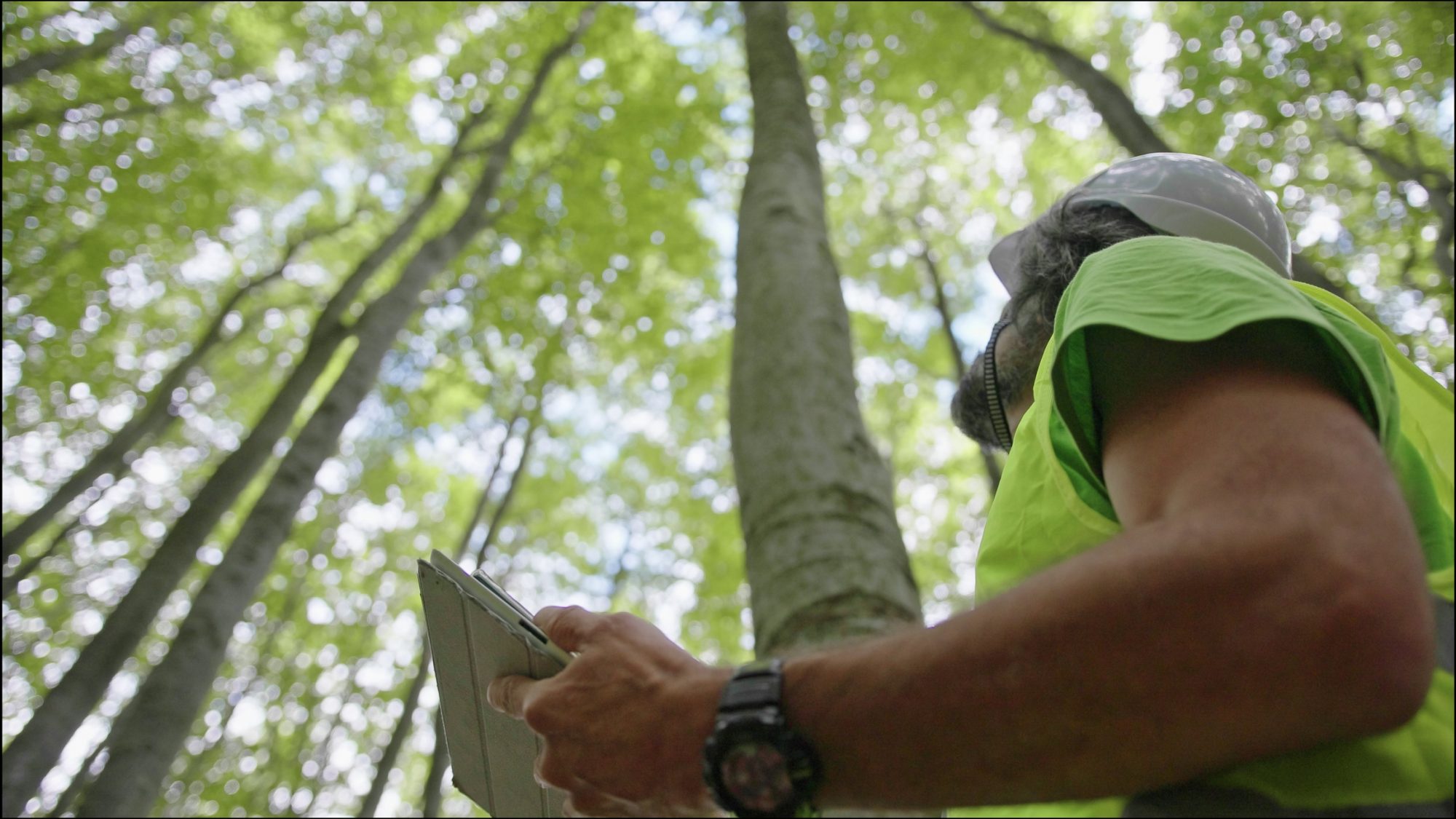Increased tree diversity can buildup carbon and nitrogen in forest soils, helping to sustain soil fertility and mitigate global climate change
Forest soils play a vital role in withdrawing carbon from carbon dioxide gas during photosynthesis, which helps keeps the soil fertilised – and tree diversity can increase this by almost 30%.
What is tree diversity? In this study, researchers quantified tree diversity as species richness, species evenness, and functional diversity (based on trees’ functional traits)
Plant diversity is rapidly declining globally, leading to the degradation of ecosystem function, including the function of soils.
Preserving the diversity of forests assures their productivity and can increase the accumulation of carbon and nitrogen in the soil, which helps to sustain soil fertility and mitigate global climate change.
Nitrogen is an essential nutrient that drives carbon assimilation and plant growth in forest ecosystems.
Soils store at least three times as much carbon as living plants do
Canada’s National Forest Inventory database is based on a network of plots covering much of the country’s landmass; these plots have various species of trees including:
- Fir
- Maple
- Birch
- Spruce
- Pine
- Poplar
- Cedar
- Hemlock
Looking at organic soil horizon samples from 361 plots and mineral soil horizon samples from 245 plots, the researchers investigate the relationship between tree diversity and changes in soil carbon and nitrogen in natural forests.
Using structural equation modelling for soil carbon and nitrogen accumulation
The researchers used a statistical method called structural equation modelling to assess relationships between tree diversity and soil carbon and nitrogen accumulation.
The researchers calculated changes in soil carbon and nitrogen storage over time by comparing data from two National Forest Inventory sample-plot censuses, looking at species richness, evenness and functional diversity.
Species richness is the number of tree species in a sample plot, but species evenness is a measure of the relative abundance of tree species. Functional diversity is the variety of functional traits – such as leaf nitrogen content and adult tree height – of tree species within a community.

The research team found that increasing species evenness from its minimum to its maximum value enhanced carbon storage in the organic soil layer by 30% and nitrogen storage by 42%.
Increasing the functional diversity of trees to its maximum value enhanced carbon storage in the soil mineral layer by 32% and nitrogen storage by 50%.
Overall, increased tree diversity enhanced soil carbon storage by 30% to 32% and enhanced nitrogen storage by 42% to 50% on a decadal timescale.
“Mitigates global climate change and reduces soil degradation”
Study co-author Peter Reich, a forest ecologist and director of the Institute for Global Change Biology, said: “We find that greater tree diversity is associated with higher soil carbon and nitrogen accumulation, validating inferences from biodiversity-manipulation experiments.
“A greater diversity of species translates into a mixture of different types of trees with different ways of acquiring and storing biomass—both in live trunks, roots, branches and leaves and in newly dead and decaying plant detritus on and in the soil.”
Study lead author Xinli Chen, a postdoctoral exchange fellow at U-M’s Institute for Global Change Biology, said: “Our study, for the first time, shows the sustained benefits of tree diversity in storing soil carbon and nitrogen in natural forests.
“Our results highlight that promoting tree diversity not only increases productivity but also mitigates global climate change and reduces soil degradation. And the size of the diversity dividend is large. It reinforces the importance of biodiversity conservation in forests and will guide the growing efforts to use forests for carbon and nitrogen sequestration.”











